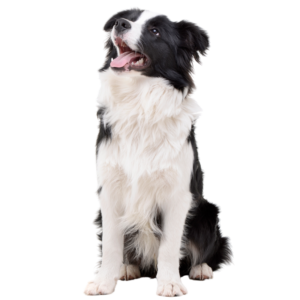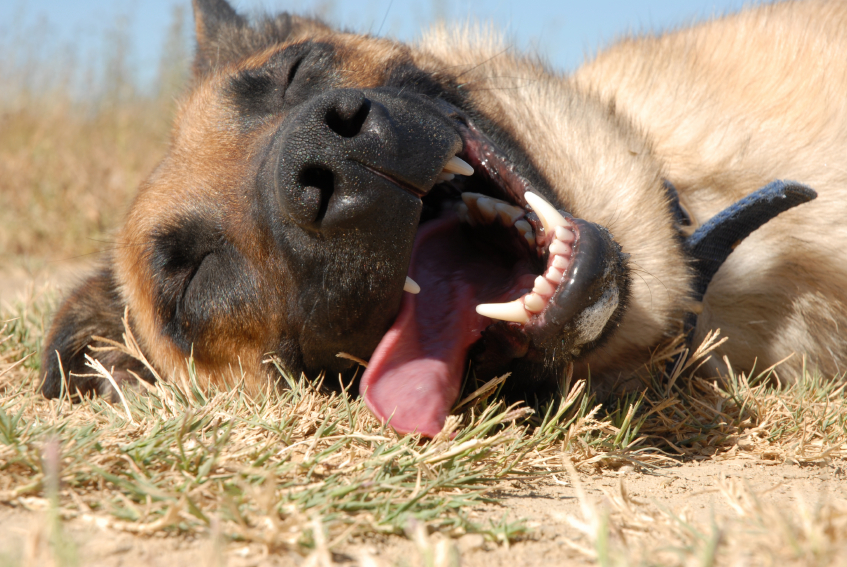Halitosis (aka “Bad Breath”) is defined as an offensive odor emanating from the oral cavity.
Common Causes:
- Bacteria in the mouth, forming plaque on teeth within hours of brushing; leading to . . .
- Tartar causing gingivitis, which leads to periodontitis (tooth support loss); leading to . . .
- Pockets become infected with “bad” bacteria, forming smelly sulfur (“rotten-egg”) compounds
- Decomposing food that got stuck in the periodontal pockets
Small and flat-faced breeds are more prone to bad breath due to cramped teeth, longer life, and eating soft food.
Less Common Causes:
- Eating smelly food (ie: coprophagia = eating poop) or having just vomited
- Diabetes
- Kidney disease
- Nose, sinus, throat, tonsil infections or cancers
- Lip fold infections
- Foreign bodies (ie: branches or bone slivers causing infection)
- Dehydration causing “dry-mouth”
- Open fractures (breaks) of individual teeth or jaw bone
- Some autoimmune diseases
- Eosinophilic granuloma complex (causing mouth, lip and chin ulcers in cats)
Most of us are fully capable of diagnosis our pets with “Bad Breath”. However, a thorough veterinary exam is necessary to find the cause. If the cause cannot be found within the mouth, then blood tests may be needed to check of internal causes of halitosis.



